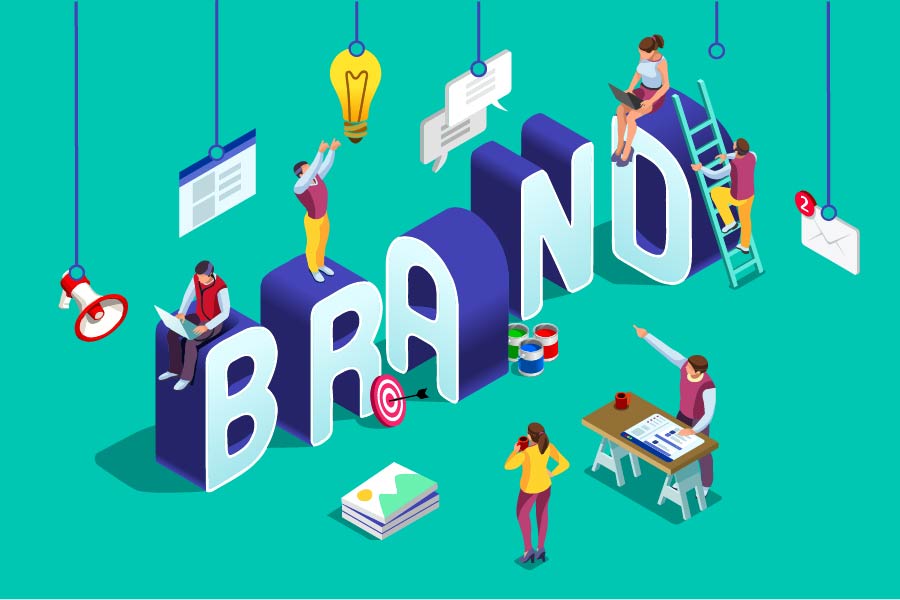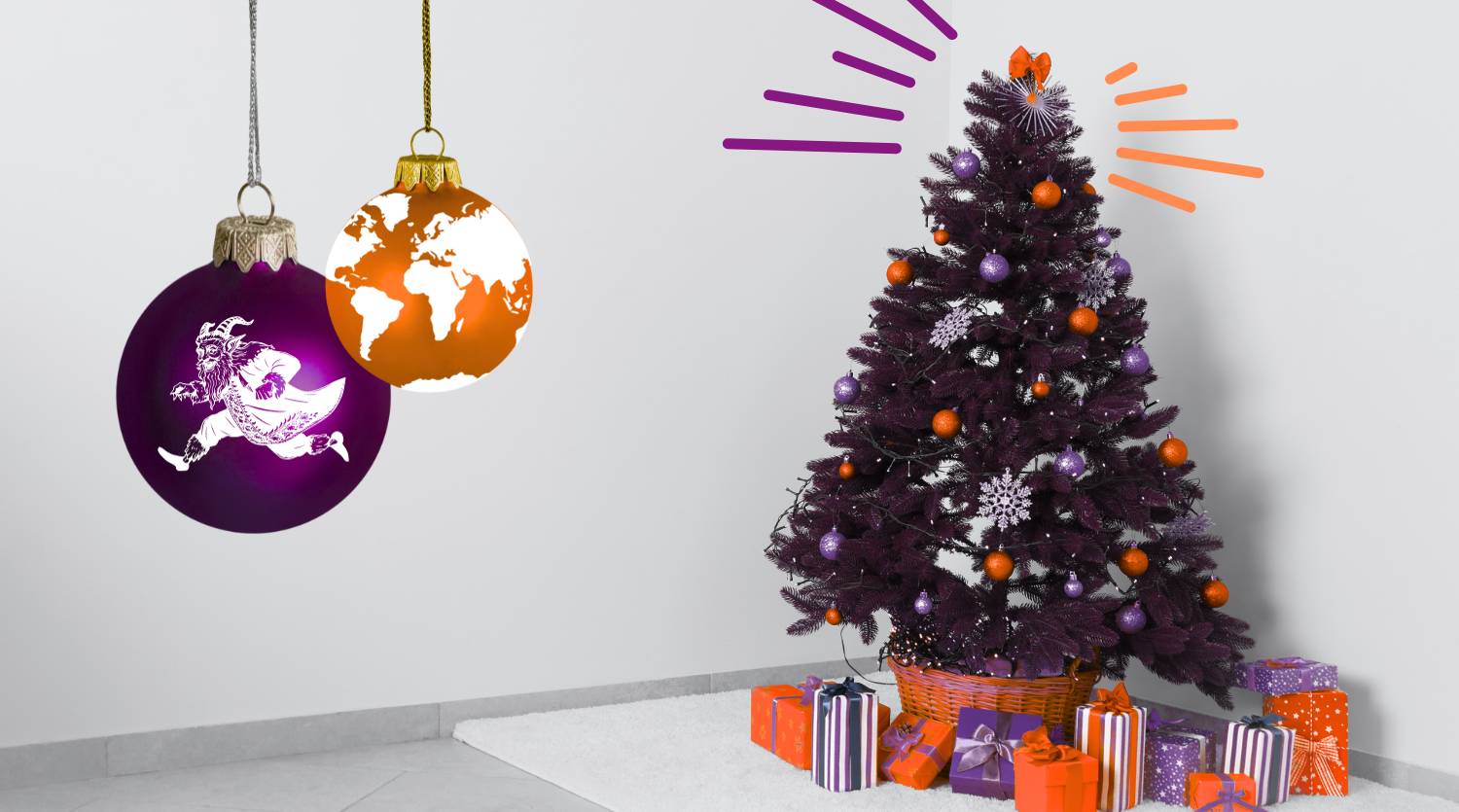Style guide creation: How to refer to your brand
Brands usually spend most of their time and resources choosing one CTA over the other, restricting the use of words to refer to sales, benefits etc. What often slips is the way they refer to themselves. The way you refer to your brand and other closely associated elements can significantly but implicitly change your tone of voice and overall brand image.
The way you refer to your brand is one of the main elements that endows a text with cohesion – it’s the glue that connects the various elements of your content, the catalyst that transforms facts into an engaging story i.e. your brand. There are various manners of reference (deictic, anaphoric etc.), the categorisation of which can vary. However, it’s worth remembering that reference can strongly or implicitly evoke a brand and its services/products with an extensive range of tools such as:
-
- Repetition of the brand name, e.g. [Brand Name] branches […] [Brand Name] promises etc.
- Co-reference (e.g. we, our products) e.g. [Brand]…we/with us etc.
- Brand elements, such as names or visual elements recognisable to the brand (e.g. logo, colours, fonts)
- General inferables (e.g. the network, the branches etc.).
A successful style guide doesn’t limit its expressive resources to one or two types of reference, but finds a balance that strongly reflects brand identity to its intended audience.
To put your brand at the centre of your storytelling, repetition of the brand name or the use of distinctive brand imagery are key. In combination with other elements, such as verb types (e.g action verbs), you can create a persona for your brand that is active, energetic and determinate.
As with anything, however, the overuse of such elements can contribute to low quality and repetitive content. In addition, a brand identity such as that of a “doer”— created with strongly evocative references, e.g. repetition of the brand name, combined with the use of action verbs such as “act”, ”do” — might work for brands offering a product, but not so much for brands offering a service that aim to position themselves as more client-centred. Placing your client at the centre of your messaging delineates your brand as a helping hand, a provider that will help clients to achieve a goal. Where this is the aim, strongly evocative references should be limited.
Overall, it is important to keep in mind that separate style guides should be made for each locale — not just per language. Localised style guides should not simply be mirroring the basic guidelines applicable to your source language. After the determination of the brands’ aimed identity and consequent tone of voice, it should be assigned to linguists and market specialists to designate the resources and methods with which this tone can be conveyed in a given locale.
At Locaria, we can help you find your voice in various markets to convey a consistent yet localised brand identity. With market-driven expertise and Performance Linguistics, we can create a tone of voice based on data and user/client behaviour and preferences. Contact us for a quote today.



